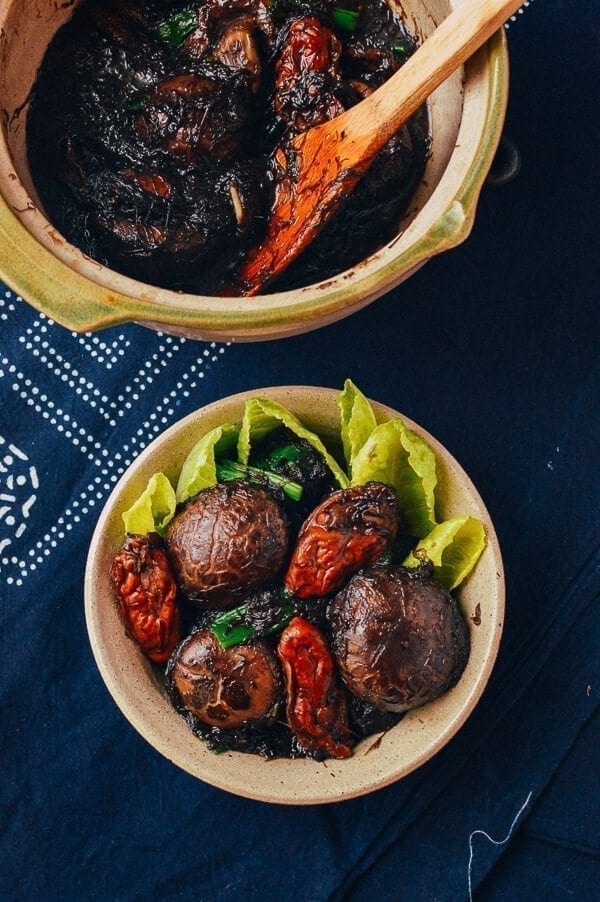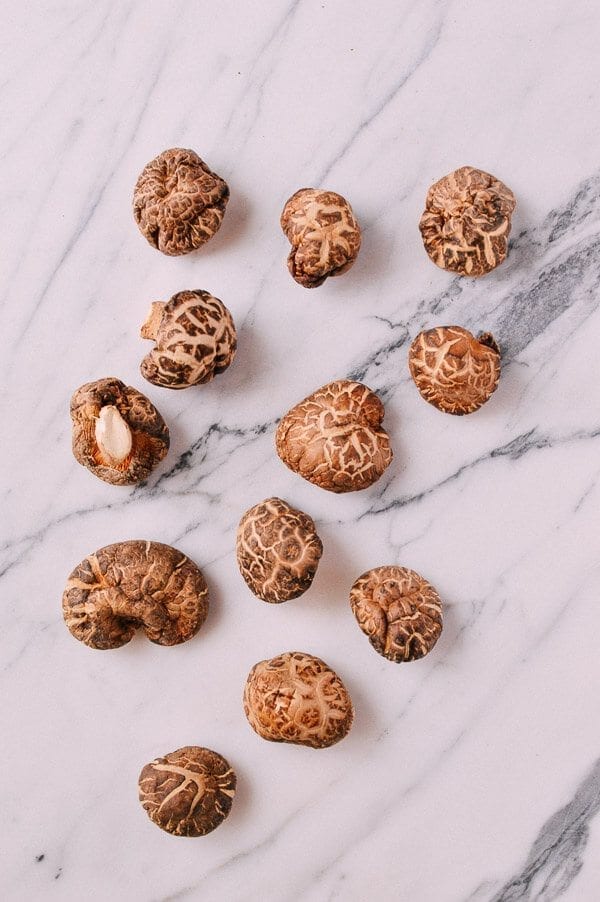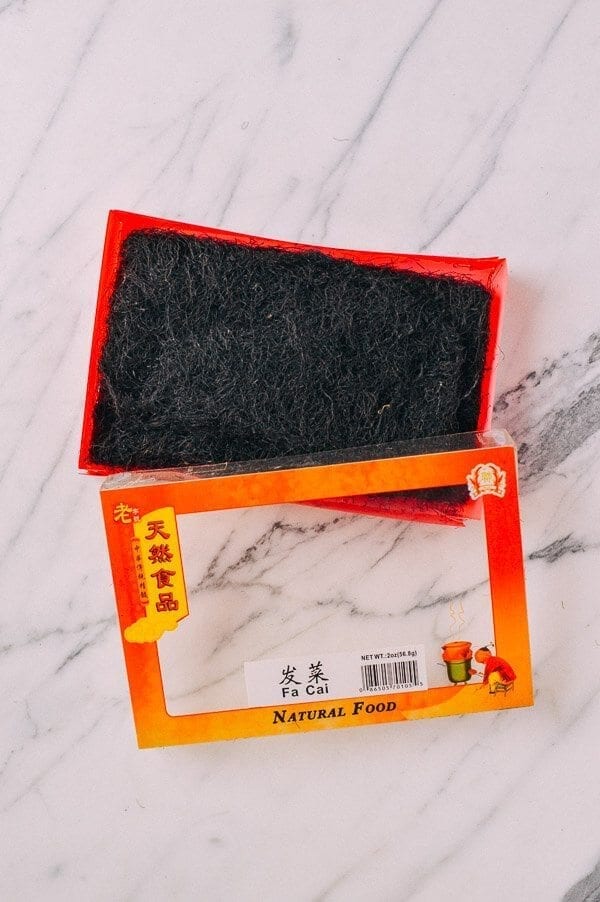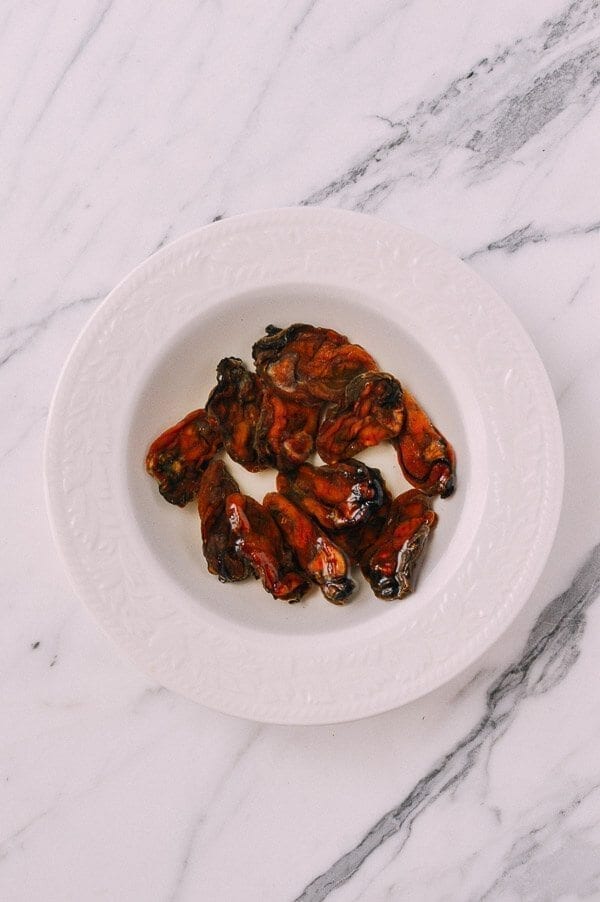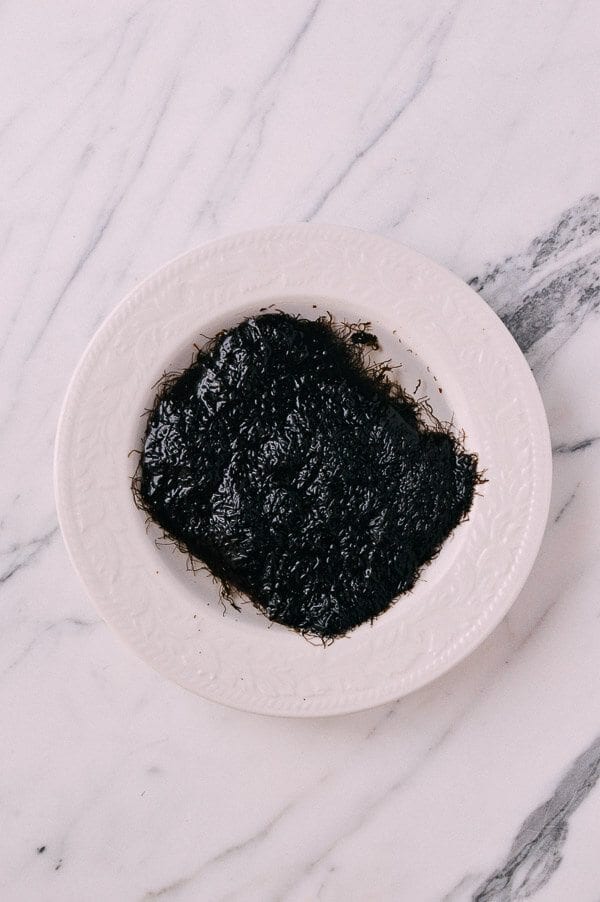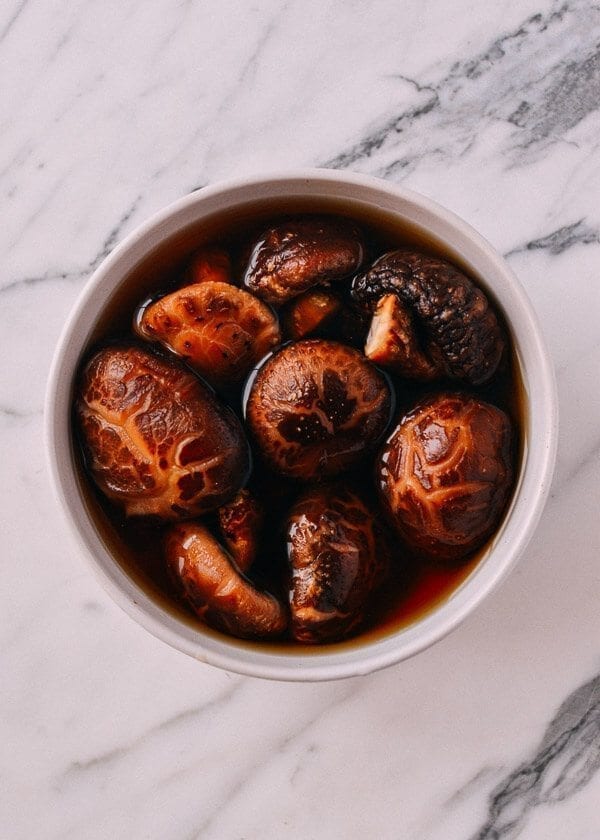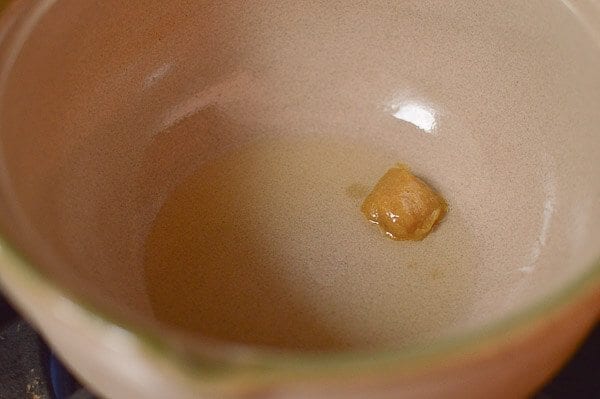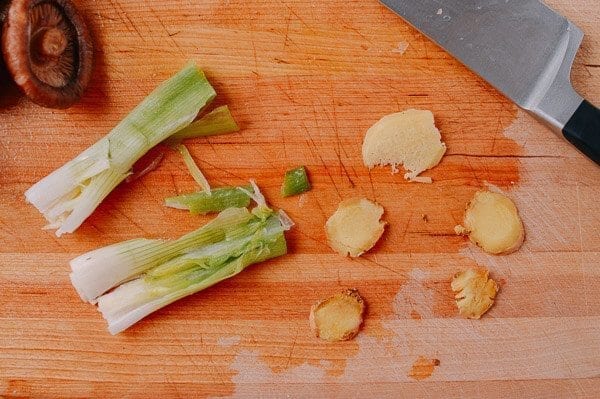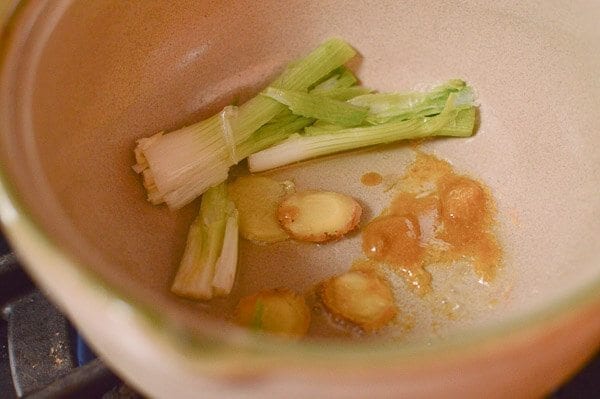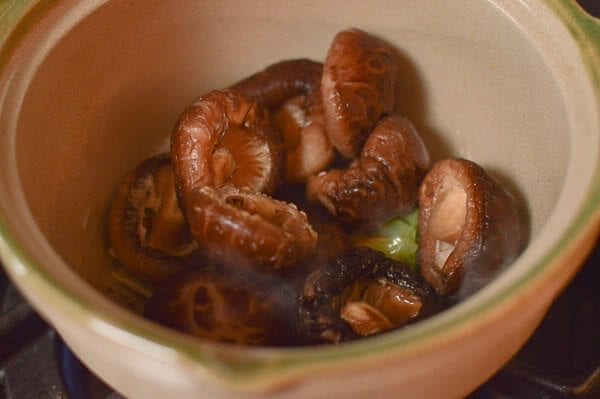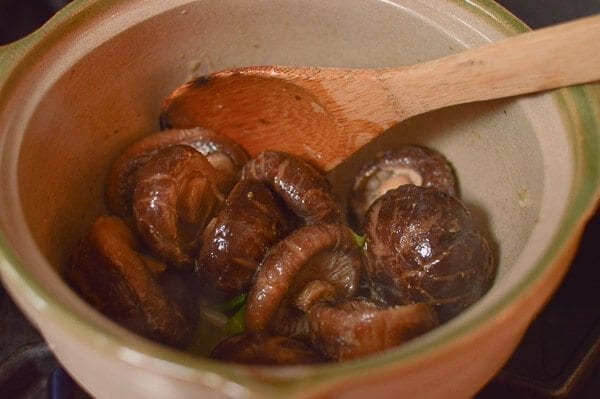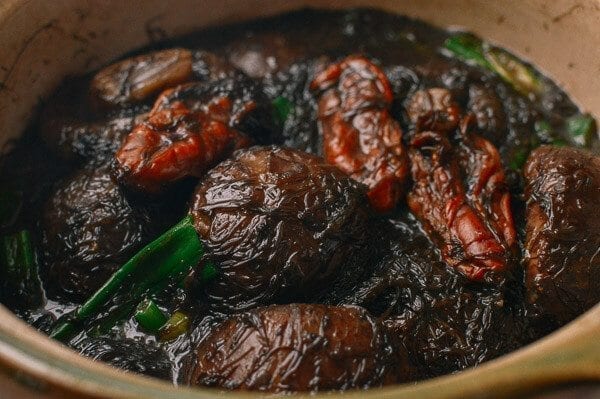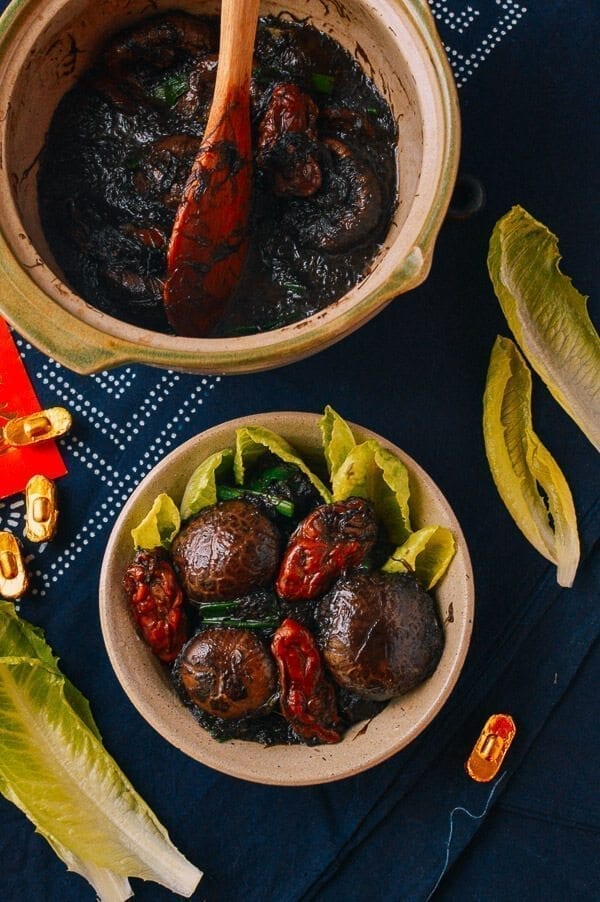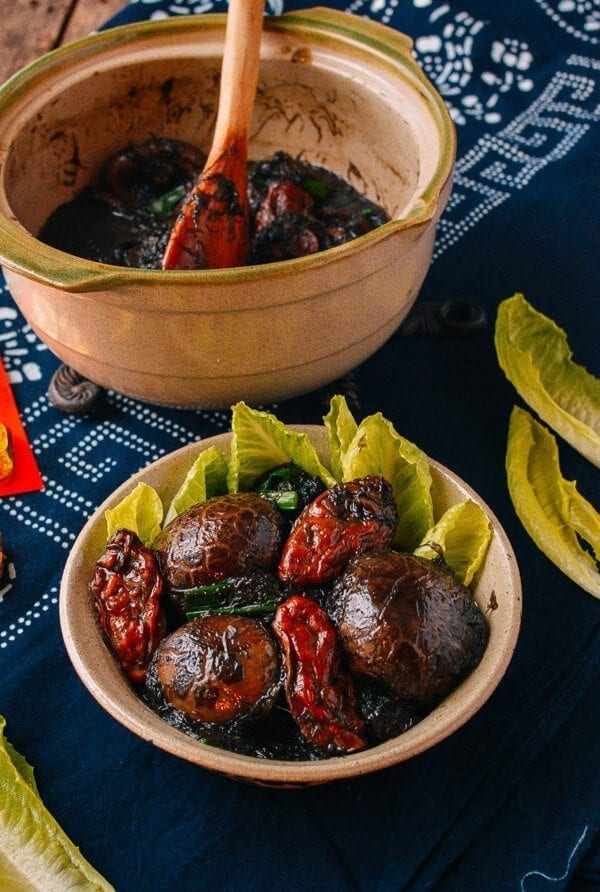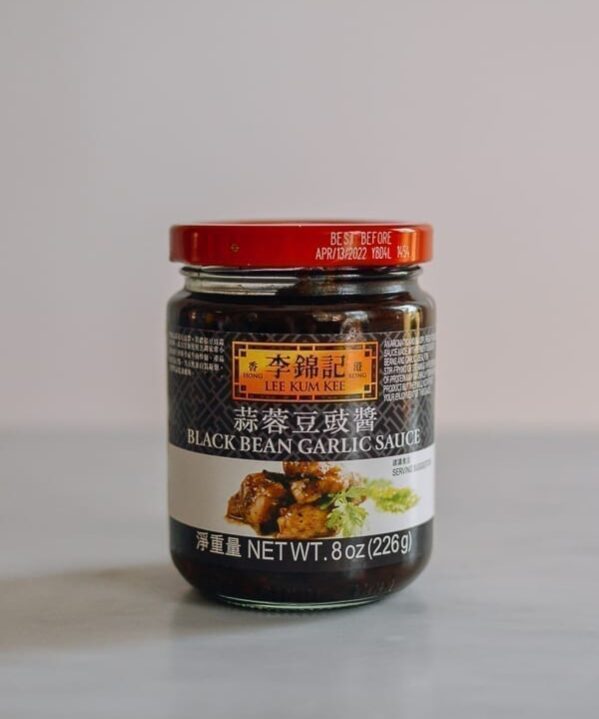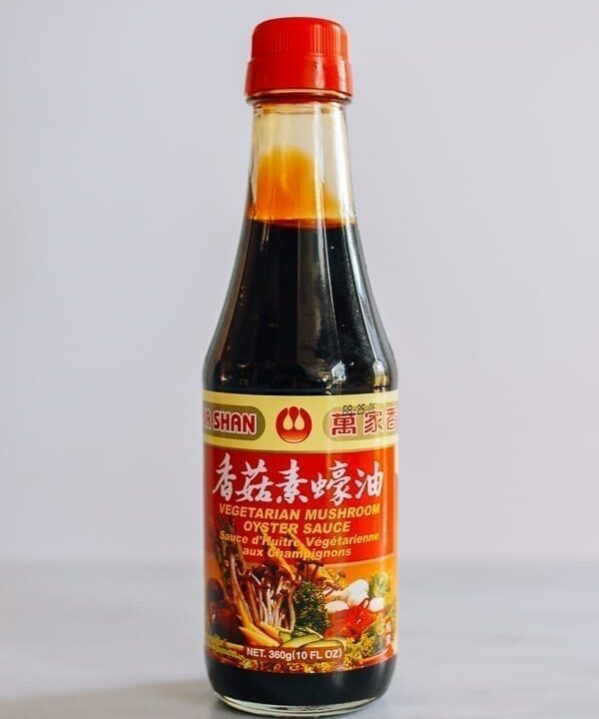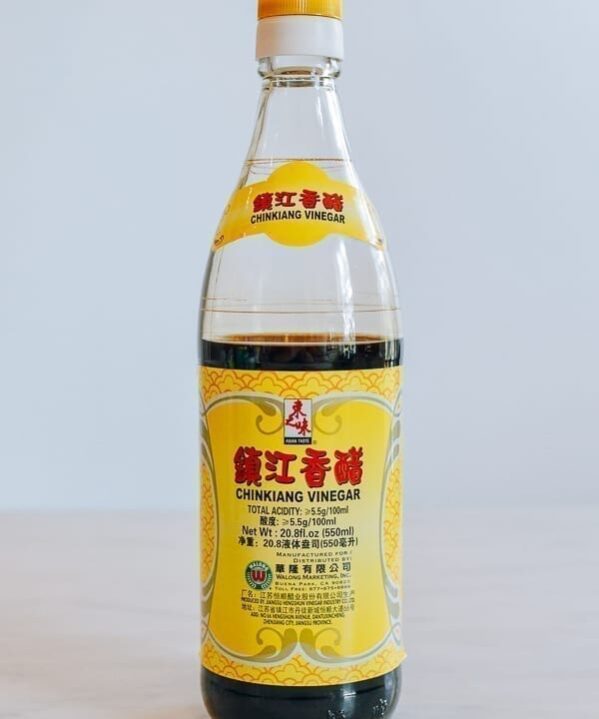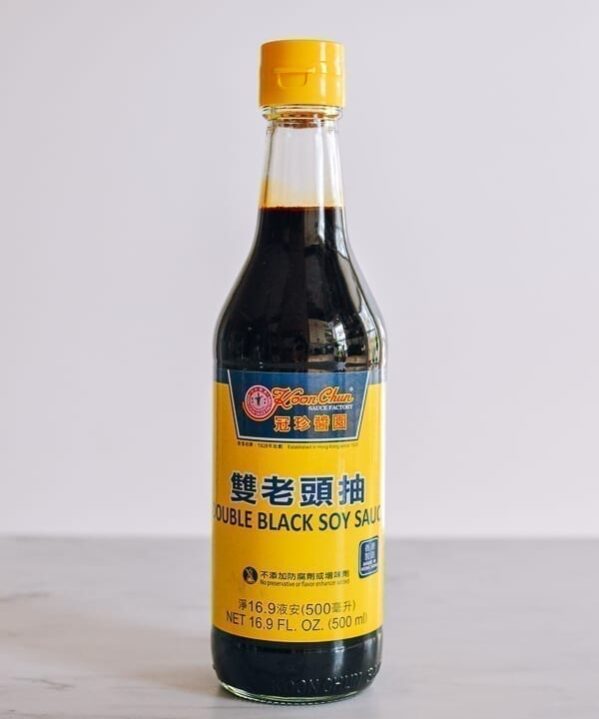Dried Oyster and Black Moss, or ho see fat choy in Cantonese (unfortunately, there’s really no better way to type it out phonetically…we tried), is a traditional dish that is eaten almost exclusively during Chinese New Year. It’s a popular holiday favorite in Hong Kong and Southern China.
So why is this dish eaten for the Chinese New Year, a time where everyone wants to start off on a high note of prosperity, health and “auspicious” everything and anything? Well, it’s all about the phonetics of the Chinese––specifically Cantonese––words, and a bit of superstition.
The dried oyster is called “ho see,” which sounds like the word for good events or deeds. “Fat choy” (the black moss) sounds like the word for prosperity or “to get rich.” Lettuce, used as a base for this dish, is pronounced “seung choy,” which sounds like “to grow wealth.”
Just remember that this applies to Cantonese pronunciation. As a result, this dish isn’t all that common outside of Cantonese kitchens. This year (the year of the monkey, in case you were wondering) we put together a list of dishes for New Year celebrations and asked our readers to request any recipes that we haven’t gotten to yet. This Dried Oyster and Black Moss (Ho See Fat Choy) recipe is our answer to one of those requests!
For our version, I decided to add dried mushrooms, since that’s how my mother prepared this dried oyster and black moss dish. The mushrooms add body and a nice flavor as well.
Dried oysters can be found in well-stocked Chinese and Asian grocery stores. They are expensive and come in different grades, depending upon their size, origin, and whether they are fresh/raw dried or cooked before drying.
Fat choy is a dried black moss that is found in the Gobi desert, not seaweed, as many recipes and articles on the internet suggest. The literal translation of fat choy is “hair vegetable,” and when we were kids, we used to say to our parents at the Chinese New Year’s table, “Yes please, I would like some hair!”
Okay, okay. So this dish isn’t a mainstream favorite. It may not be the most appetizing dish to everyone, but if you grew up having it for Chinese New Year like I did, I’m sure you’ll appreciate this recipe written down and photographed for posterity!
Recipe Instructions
Soak the dried oysters in cold water for 15 minutes, and rinse them well to ensure any and all sand has been rinsed off. Set aside.
Soak the black moss in cold water for 15 minutes. Swish it around a bit to loosen any dirt or particles. Remove by hand and discard the water. Repeat the process once more before transferring the moss to a colander to drain.
Soak the dried mushrooms in hot water for at least 90 minutes. You may need to soak them longer if the mushrooms are large and meaty. Soaking overnight is recommended. Once the mushrooms are rehydrated, give them a final rinse and squeeze them gently to remove excess water. Cut off the stems and discard them.
If using the chicken fat, render it in a pot over medium heat until the fat is a little crispy. A clay pot or earthen pot is nice for stewing and presentation! If not using the chicken fat, heat the pot over medium high heat. Add 1 tablespoon of canola oil, the chicken base, smashed ginger slices and scallion whites, and brown them until caramelized (about 1 minute).
Add the mushrooms, and stir fry for another minute.
Add the oysters and continue stir-frying for another minute. Add the Shaoxing wine and, after a quick stir, add the chicken stock, sugar, soy sauce, and oyster sauce.
Stir everything together. Next, add the fat choy and gently stir it in without breaking it up, so it’s submerged in the liquid. Cover, reduce the heat to medium low, and let simmer for 20 minutes.
Line a large deep serving plate with hand-torn romaine or iceberg lettuce or you can carefully work in fresh stir-fried lettuce to the bottom of your clay or earthen cooking pot and serve it right in the vessel. Uncover your simmering pot and increase the heat to reduce the sauce until most of the standing liquid is no longer visible. Stir in the green portion of the scallions, and spoon the mixture over the top of the lettuce. Try to place the dried oysters and mushrooms on the top where they are visible, and serve hot!
Serve this dried oyster and black moss dish for your Lunar New year feast this year!
Dried Oyster and Black Moss (Ho See Fat Choy)
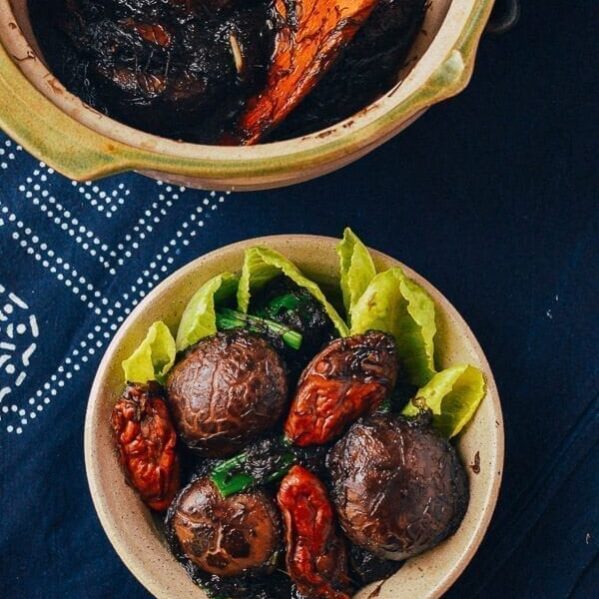
Ingredients
- 12 dried oysters
- 1 ounce dried moss (fat choy)
- 12 dried shiitake mushrooms (not all families add this, so they're completely optional!)
- 1 teaspoon organic chicken base (or 2 ounces of chicken fat)
- 1 tablespoon canola or vegetable oil
- 5 slices ginger (¼-inch thick and smashed with a cleaver)
- 2 scallions (white portions smashed with a cleaver and green portions cut into 2-inch pieces)
- 1 tablespoon Shaoxing wine
- 2 cups chicken stock
- 1/2 teaspoon sugar
- 1 tablespoon soy sauce
- 1 tablespoon oyster sauce
- 1 small head of baby romaine lettuce or iceberg lettuce
Instructions
- Soak the dried oysters in cold water for 15 minutes, and rinse them well to ensure any and all sand has been rinsed off. Set aside. Soak the black moss in cold water for 15 minutes. Swish it around a bit to loosen any dirt or particles. Remove by hand and discard the water. Repeat the process once more before transferring the moss to a colander to drain.
- Soak the dried mushrooms in hot water for at least 90 minutes. You may need to soak them longer if the mushrooms are large and meaty. Soaking overnight is recommended. Once the mushrooms are rehydrated, give them a final rinse and squeeze them gently to remove excess water. Cut off the stems and discard them.
- If using the chicken fat, render it in a pot over medium heat until the fat is a little crispy. If not using the chicken fat, heat the pot over medium high heat. Add 1 tablespoon of canola oil, the chicken base, smashed ginger slices and scallion whites, and brown them until caramelized (about 1 minute). Add the mushrooms, and stir fry for another minute.
- Add the oysters and continue stir-frying for another minute. Add the Shaoxing wine and, after a quick stir, add the chicken stock, sugar, soy sauce, and oyster sauce. Stir everything together. Next, add the fat choy and gently stir it in without breaking it up, so it's submerged in the liquid. Cover, reduce the heat to medium low, and let simmer for 20 minutes.
- Line a large deep serving plate with hand-torn romaine or iceberg lettuce. Uncover your simmering pot and increase the heat to reduce the sauce until most of the standing liquid is no longer visible. Stir in the green portion of the scallions, and spoon the mixture over the top of the lettuce. Try to place the oysters and mushrooms on the top where they are visible, and serve hot!
nutrition facts
